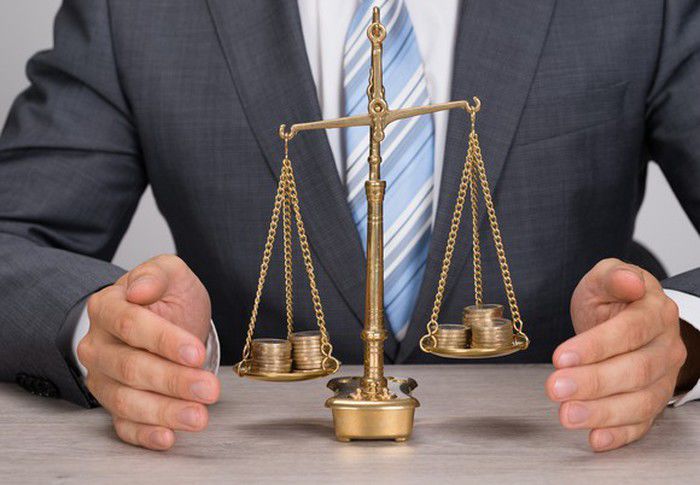
When you have extra money, you can do several things with it. You could spend it, save it for a rainy day, or invest it for the future. If you’re trying to increase your wealth, you know that spending is not the best option. But choosing between saving and investing is a little more complicated.
Both can be beneficial, but one is often better than the other in a given situation. It all comes down to where you are in your life, what your goals are, and what kind of savings you already have. Here’s a closer look at saving and investing, with some advice on how to determine which is better for you right now.
When to save
If you have no savings at all, then this should be your priority. Everyone should have an emergency fund that can cover at least three to six months’ living expenses. If you lose your job or you have an unexpected expense, you can use this money to cover it instead of falling behind on your bills or running up a load of credit card debt.
Saving is also a good choice if you plan a big purchase in the near future, like a home. It’s better to keep the money for a down payment in a savings account rather than investing it, because the stock market can be volatile in the short term. If your investments lose their value, you will lose that money, at least for now. Stock values might rise again, but probably not soon enough.
You should also consider saving when you want access to your money quickly. Investing can be lucrative, but it takes time to sell your investments and get the money back into your bank account. Plus, you don’t want to be forced to sell in a hurry just because you need the money right away. In that case, you might not get as much out of your investments as you’d hoped for.
When to invest
As mentioned above, you should work on saving first if you don’t have an emergency fund. The one possible exception to this is if your employer offers a 401(k) match. In this case, you should try to contribute some money to your 401(k) while you’re building your emergency fund so you can take advantage of that free money and get the tax break. Ideally, you would be able to contribute enough to get the maximum employer match, but any amount is better than none at all.
Investing should be on the radar of those who already have an emergency fund as well. The average savings account’s annual percentage yield is 0.08%. That means if you make an initial investment of $1,000, you’ll earn only $0.80 in interest after a year. Of course, it’s possible that savings account interest rates will rise, but it’s unlikely that they will ever beat the standard inflation rate, which is estimated to be around 3% per year. That means that the money you’re putting into your savings account will actually lose value over time. In a year, that $1,000 would have a purchasing power that’s about $30 less, assuming a 3% rate of inflation. If your savings account is earning less than $1 in interest, you’ve just lost $29 in purchasing power.
Of course, investing has risks, but as long as you know what you’re doing (or get help from someone who does), then it’s possible to get returns of 7% or more after inflation. This gives you a much faster means to grow your wealth, as long as you’re willing to be patient and weather the market’s ups and downs.
It doesn’t have to be either/or
You always have the option of saving some money and investing some, too. Contribute a percentage to your 401(k) or IRA each month and then put the rest of your extra money into savings.
If you’ve maxed out your retirement accounts, consider opening a nonretirement investment account. For new investors, it’s probably a good idea not to put in a bunch of money right away. Take the time to educate yourself about how to choose the right investments for your risk tolerance. Then, start small and gradually add more money as you grow more confident.